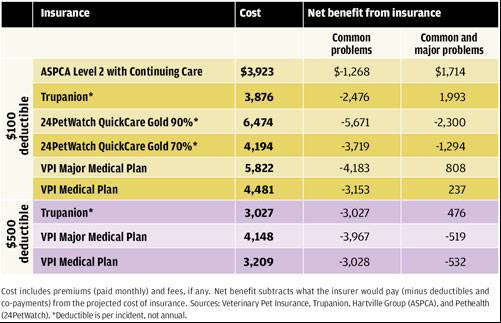High health insurance costs are here to stay, leading many employers to end coverage for employees. For those now trying to find coverage on their own, an increasingly popular option is a high-deductible health plan (HDHP) coupled with a health savings account (HSA).
As many individuals begin the search for new coverage, it will quickly become evident to them why some companies have chosen to discontinue their health insurance benefit. Traditional plans, such as those formerly offered through employer benefit programs, often come with steep monthly premiums. These premiums become even steeper when coverage is purchased on an individual basis. Using an HDHP in combination with an HSA is one method that can help alleviate those costs. In many cases, employers that have discontinued higher-cost insurance opt to offer these as a less expensive alternative.
The potential financial benefits of the combination are twofold. The high-deductible plans, as the name implies, carry deductibles that are significantly more than those of traditional health care plans, resulting in much lower monthly premiums. The minimum annual deductible is $1,200 for individual coverage and $2,400 for family coverage. In addition, the annual deductible and other out-of-pocket expenses cannot exceed $6,050 for individual coverage or $12,100 for family coverage.
Health savings accounts allow individuals to save for medical expenses free of tax. For those enrolled through their employers, contributions to the accounts are generally made with pre-tax payroll deductions. Individuals who open accounts on their own can send in contributions to the sponsoring banks and then take above-the-line deductions for those contributions on their personal income tax returns. The funds, and any earnings that have accumulated in the account, can then be withdrawn free of tax as long as they are used for medical expenses. There is no use-it-or-lose-it rule, so unused funds can be carried forward indefinitely to pay qualified medical expenses.
As with any tax-favored account, there are a number of rules and limitations to consider when evaluating an HSA. To qualify, an individual must be enrolled in a high-deductible health plan. Eligible individuals cannot have other health coverage, although there are some exceptions, such as dental, vision and long-term care coverage. Applicants also cannot be enrolled in Medicare or be claimed as a dependent on anyone else’s tax return.
Annual contributions to a health savings account, which must be made before April 15, 2013, for the 2012 tax year, are limited to $3,100 for those with individual HDHP coverage and $6,250 for family coverage. The maximum contribution is $1,000 greater for individuals who are 55 or older. For those who only meet the eligibility requirements for part of the year, the maximum allowable contribution is prorated based on the number of months they were eligible.
HSA distributions used for anything other than medical expenses are subject to ordinary income tax. In addition, non-qualified distributions will be subject to a 20 percent penalty if withdrawn before age 65. Non-qualified distributions after age 65 are subject to income tax but are not assessed the additional penalty. This feature allows taxpayers to essentially treat an HSA like a traditional 401(k) or IRA.
Most insurance companies provide information on opening an account with a specific financial institution as part of the enrollment process; however, the insured can use any bank or financial institution that provides such services. Many account features, such as fees and investment options, will vary among institutions. Some offer HSAs for which the only option is an interest-bearing checking account, while others may allow contributions to be invested in stocks and mutual funds, similar to a brokerage account. Individuals interested in accumulating funds in their accounts and treating them like traditional retirement accounts will want custodians that offer a wide range of investment options.
Some critics argue that HDHPs result in a decrease in a patient’s quality of care. When bearing the responsibility of medical costs up to their high-deductible amounts, patients may avoid going to the doctor when they should, or they may seek cheaper, less effective health care options. On the other hand, proponents claim that the plans lead to better-informed consumers who take a more proactive approach to their health.
These plans are not for everyone, so it’s important for consumers to understand their medical histories and how various health care plans could impact their behavior. As a relatively young and healthy man, I rarely see doctors for anything other than standard checkups. As a result, I realize significant savings from the low premium payments for my HDHP as compared with a traditional health care plan, and I don’t generally have significant out-of-pocket medical costs. I understand that if I do have a serious medical issue, I will be on the hook for paying my full deductible, but the plan is in place to prevent a disaster scenario far in excess of that amount. However, an HDHP may be much less appropriate for someone with medical issues who will end up paying the full deductible amount each year.
As with any important choice, one must factor in personal financial and behavioral needs when selecting a health care plan. But for many, the combination of a high-deductible health plan and a health savings account might be a good fit.











